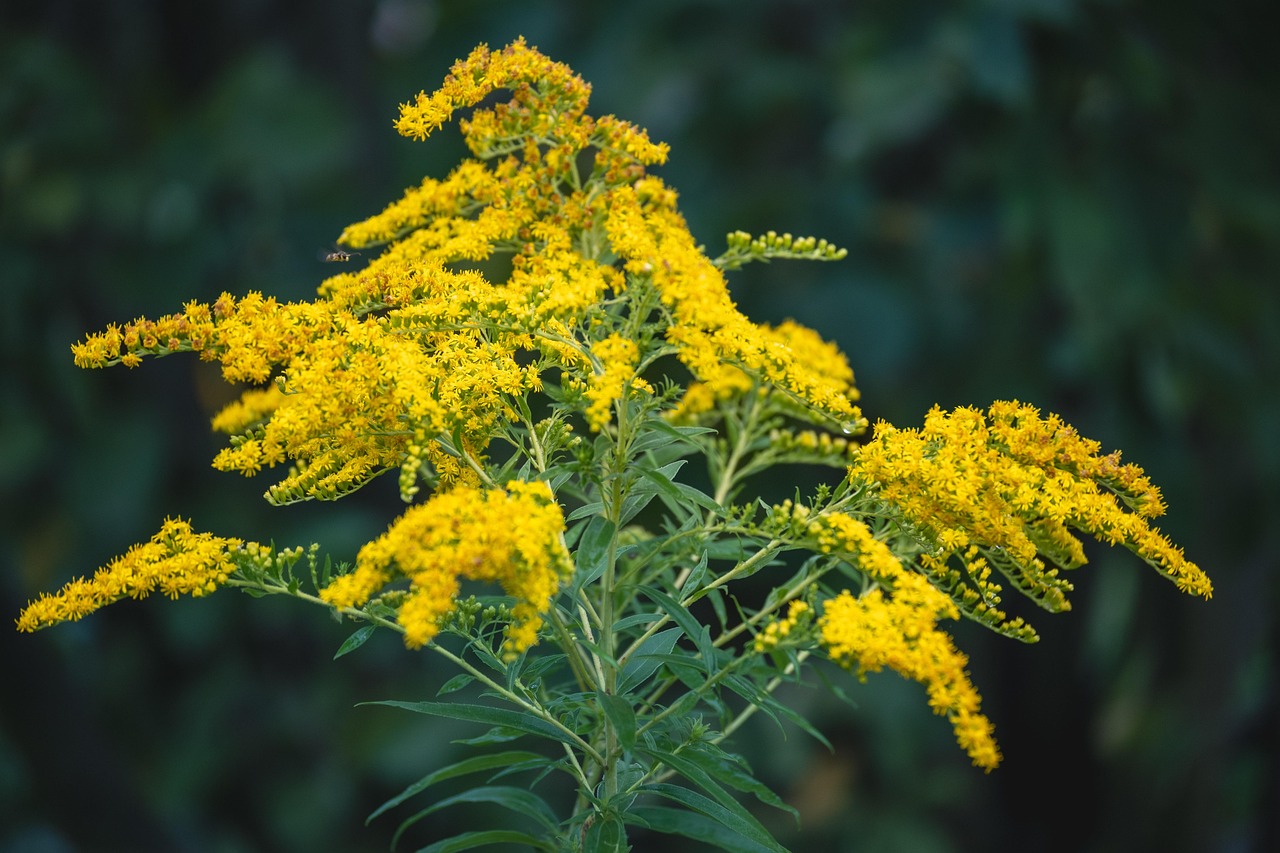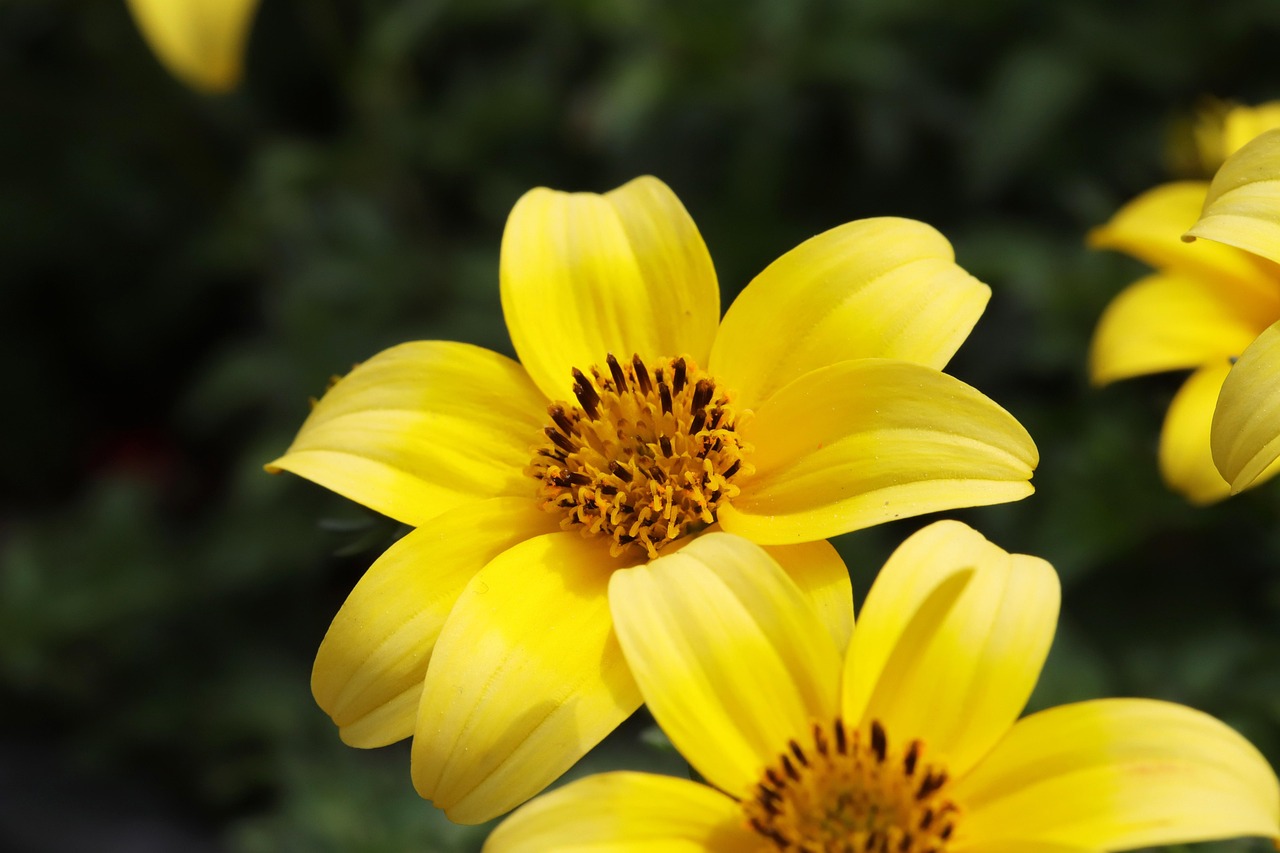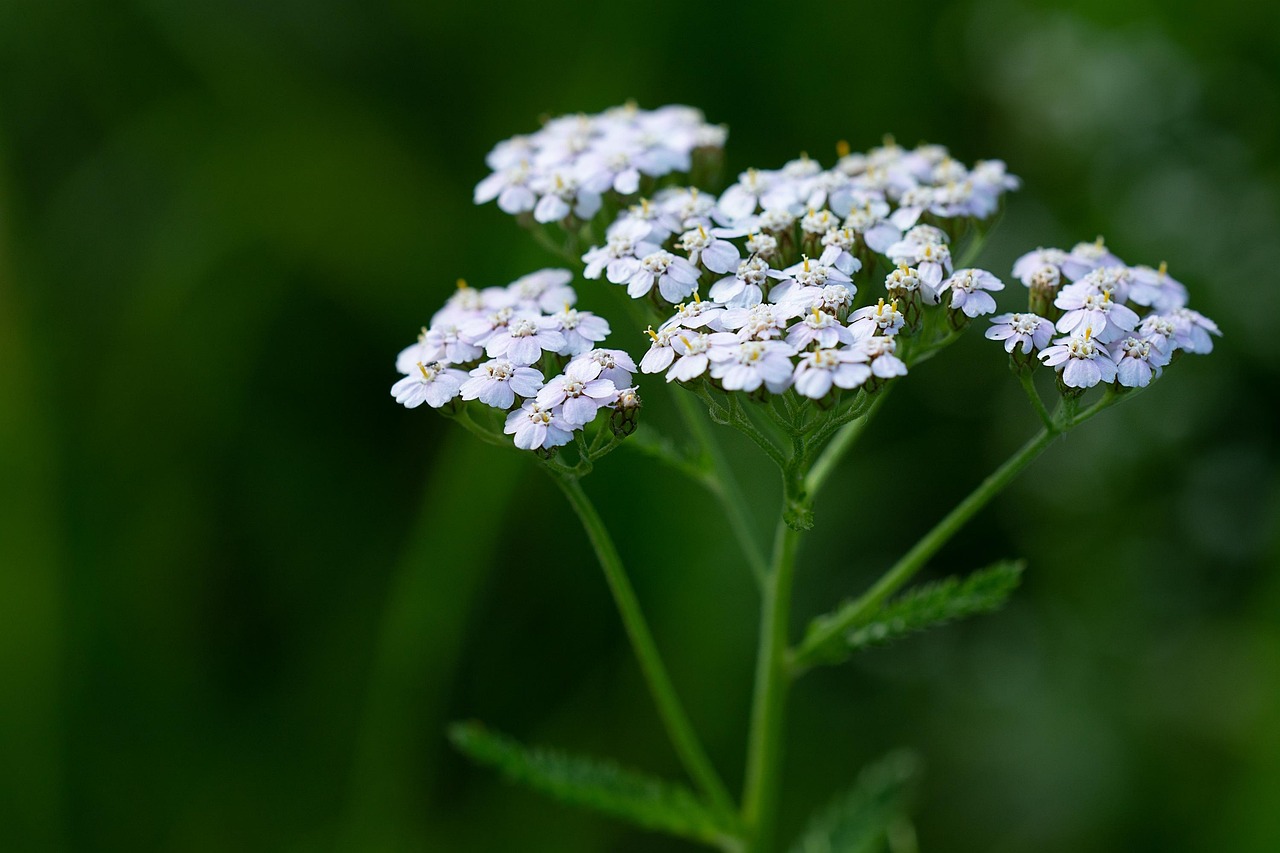Yellow Cosmos | Bright Flowers Swaying in the Autumn Landscape
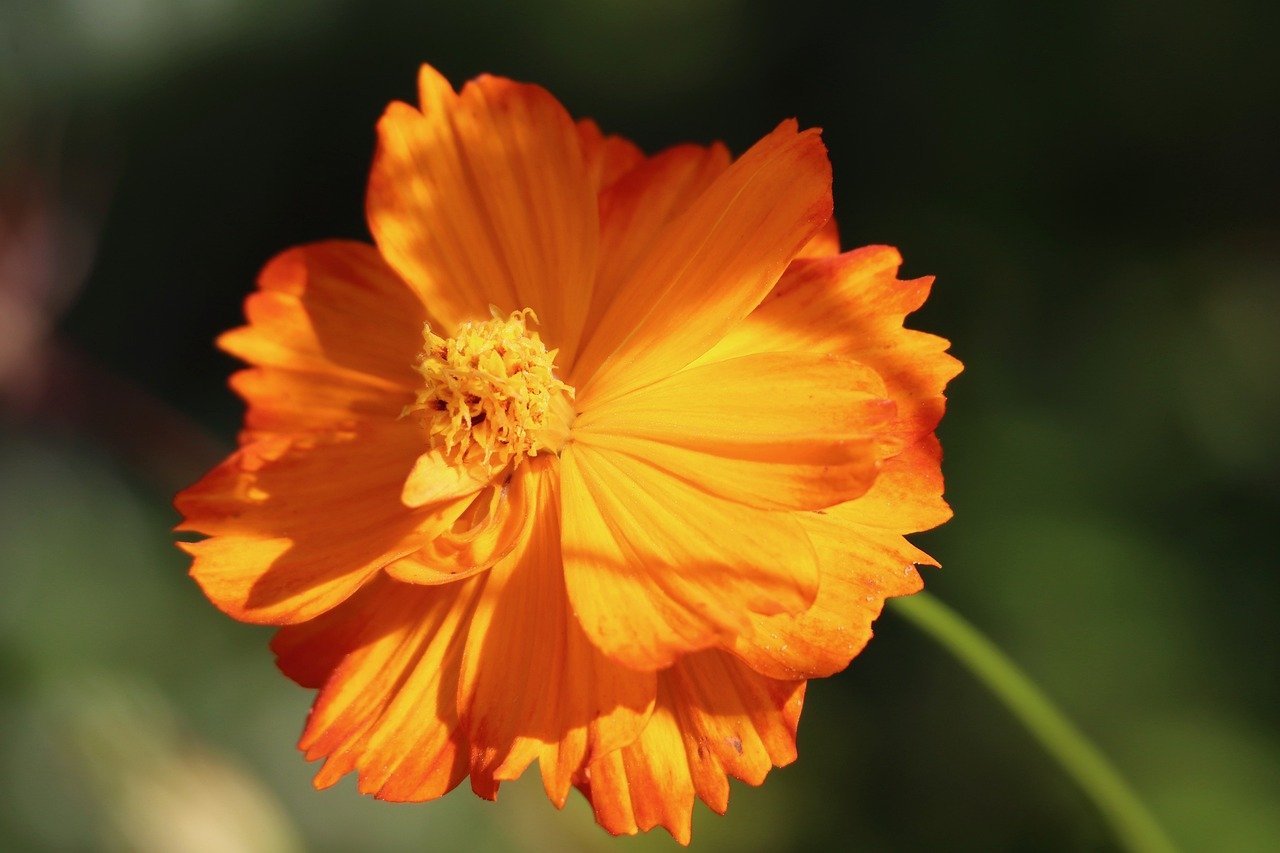
The yellow cosmos (Cosmos sulphureus) is an annual plant that produces vibrant yellow and orange flowers. Thanks to its hardiness and ease of cultivation, I often see it used widely in gardens and public flowerbeds.
Because of its long blooming season, which lasts from summer to autumn, it brings vivid colors to the landscape and is beloved by many gardeners.
In this article, I will explain in detail the basic information about yellow cosmos, its cultural and historical background, as well as key points for successful cultivation.
Basic Information
- Scientific name: Cosmos sulphureus
- Family: Asteraceae
- Origin: Central America (including Mexico)
- Appearance: A tall annual plant growing 50–150 cm in height. The flowers measure 5–7 cm in diameter and are typically bright yellow or orange. The leaves are finely divided, giving the plant a light and airy impression.
- Blooming season: July–November (and sometimes into late autumn under favorable conditions)
Cultural Significance Around the World
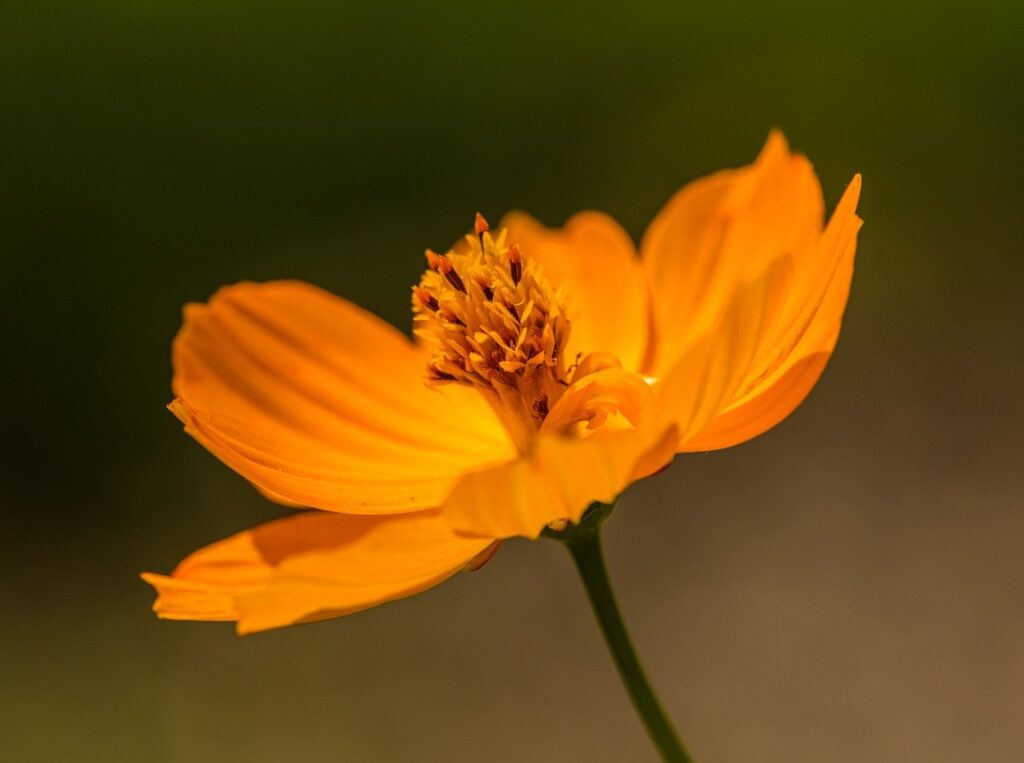
The bright colors of the yellow cosmos are often associated with the sun and hope, and the plant is cherished in many regions.
In Mexico, its place of origin, it is sometimes used as a decorative flower in traditional festivals and events.
In parts of South Asia, it is planted in gardens and public spaces, where it is regarded as a symbol of “vitality” and “blessing.”
In Japan, it is recognized as one of the representative flowers of autumn. Fields of yellow cosmos are often cultivated in tourist areas and regional flower parks. Its bright hues enhance the beauty of autumn, and the flower is also popular for children’s crafts and as decoration in local festivals.
Historical Background
Records show that yellow cosmos was brought to Europe at the end of the 16th century by Spanish explorers.
Initially, it was cultivated as an ornamental flower, highly appreciated for its exotic charm in the gardens of nobility.
By the 19th century, it had spread to the United States and across Asia, eventually becoming common in home gardens.
In Japan, it was introduced during the Meiji period and quickly became popular as an ornamental flower. Its vivid colors were welcomed as a refreshing addition to the autumn scenery.
As gardening culture developed, breeders created many new varieties, offering a wide range of sizes and flower colors.
Gardening Advice

The yellow cosmos is hardy and easy to grow, but with proper care, it will produce even more beautiful flowers. Here are the main points for cultivation:
Sunlight
Prefers full sun, though it can also grow in partial shade. However, flowering may be reduced in less sunny spots.
Watering
Drought-tolerant, but watering before the soil completely dries out helps maintain healthy growth. Avoid overwatering, which can cause root rot.
Soil
Well-drained sandy soil is ideal. It does not require particularly fertile soil, but adding compost or leaf mold improves flowering.
Fertilizer
Minimal fertilizer is sufficient. Excess fertilizer can cause the stems and leaves to grow excessively. A single application of slow-release fertilizer during the growing season is enough.
Pruning
Deadheading encourages continuous blooming. If the stems grow too tall, trim them back to maintain shape.
Wind Protection
Since the plant grows tall, use stakes in windy areas to prevent it from toppling over.
Conclusion
The yellow cosmos is a charming annual flower that brightens gardens and flowerbeds with its vivid yellow and orange blossoms.
Its resilience and ease of cultivation make it highly recommended even for beginners. By planting yellow cosmos, you can bring lively color to your garden and enjoy the cheerful atmosphere it creates in the autumn landscape.


